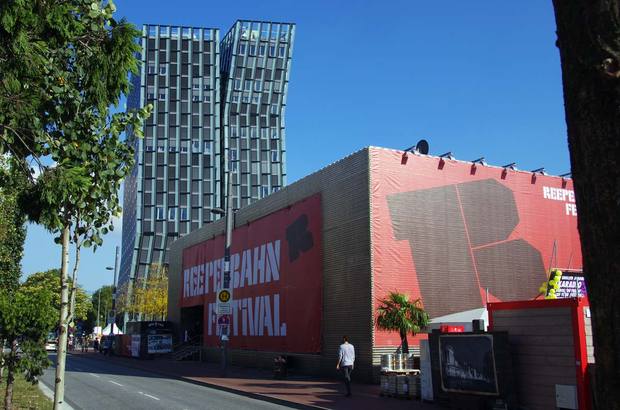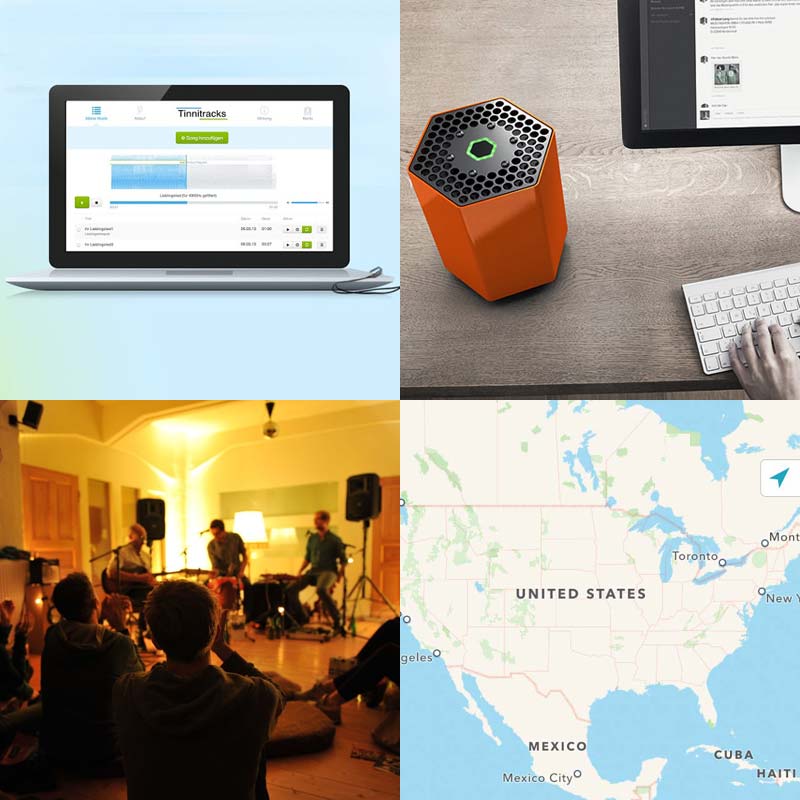Hamburg’s Reeperbahn Music Festival
Over 70 venues across the German city unite for a raucous showcase of global talent


The northern European port city of Hamburg, Germany has long been a hub for musicians. While it played host to The Beatles for two important developmental years in the early ’60s, that was neither the beginning nor the end of the city’s musical impact. To honor the history and the continued spirit of the St. Pauli neighborhood (and its chaotic main drag, the Reeperbahn) once a red light district and now a creative arts corridor, the Reeperbahn Festival was born nine years ago. The musical event features over 400 concerts across multiple venues and has continued to grow from something initially embraced by an industry and now draws over 40,000 attendees. It’s wild, wonderful and although it bears some attributes of festival’s we’ve come to know and love, it’s truly differentiated itself from the bunch.
One of the festival’s major draw-cards is the sheer diversity of unique venues. Two of these venues include Indra and The Kaiserkeller, both of which happen to be where The Beatles maintained longterm residencies for which they performed for more than four hours each night. However, locations like Mojo Club and Prinzenbar reflect the contemporary spirit of the district. The steps of the former emerge only at night, rising from the ground at an angle like massive sewer lids, to reveal a large venue beneath street level. The latter (a dual-level club) features intricate, mesmerizing design work and lighting surrounding a medium-sized corner stage. Both evoke the mystical and are programmed with music to match.

St. Pauli-Kirche, an actual brick church from 1833, plays host to many ethereal performances. And Molotow (now in its third location) carries the air of NYC’s former CBGBs—where the scent of beer wafts across the space and popular bands like The Drums and TV on The Radio have taken the stage. Perhaps most extraordinary of all is Uebel & Gefährlich, a mid-sized club with a sprawling outdoor balcony, but housed within a massive converted concrete World War II bunker. While the club takes up only a top corner, the magnitude of the venue itself, and the fact that every other floor houses a creative company, lends itself to a one-of-a-kind environment.

The acts within each of these venues range from globally celebrated bands like Boys Noize and current pop-folk sensation Hozier to the smaller Hamburg-based Rhonda, a soulful five-piece just signed in Germany. Emergent acts from around the world also performed, including Canadian soul singer Cold Specks and Echo Park indie rockers Black English. The festival also featured a strong Nordic contingent, including electro-pop artist Jaako Eino Kalevi. Iceland-based, Australian-born composer Ben Frost took to the same stage—only hours later—as new music’s Ensemble Resonanz, a group composed of 16 string instrumentalists.

All genres are represented across all venues, which are in walking distance of the Reeperbahn. And, while the festival is a showcase of the types of talent an under-considered, yet highly active arts city like Hamburg can pull, it’s also a demonstration of how music can be experienced. Whether it’s a concert on a boat ride through the harbor, a historic venue that’s survived for over 50 years, a magnificent church or a grimy dive bar, there’s an atmosphere of mass excitement and celebration that lasts for 24 hours a day during the festival, as St. Pauli in Hamburg (much like Berlin) seems to never sleep.
Keep your eyes on the Reeperbahn Festival website for updates on next year’s schedule and programming.
Images by David Graver












